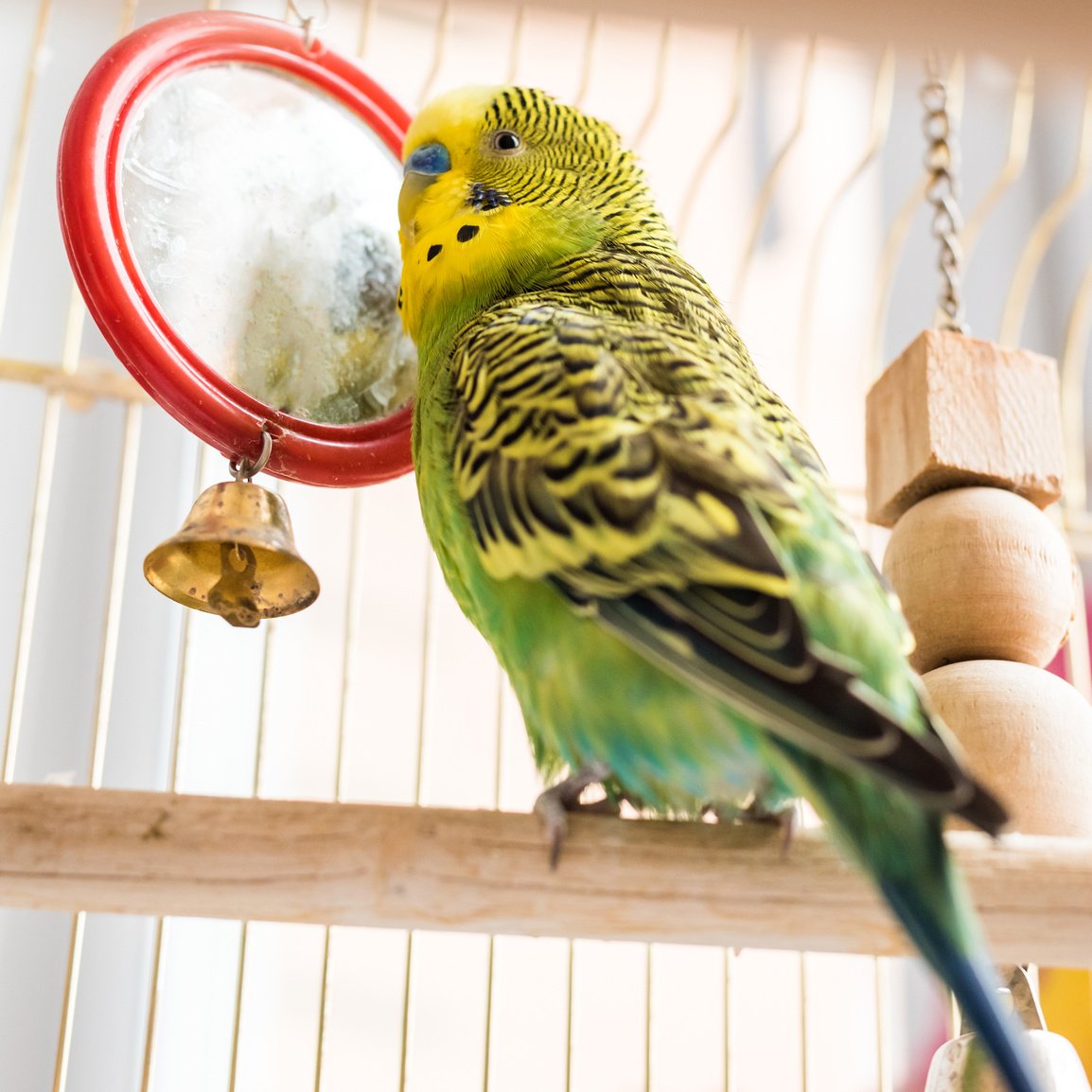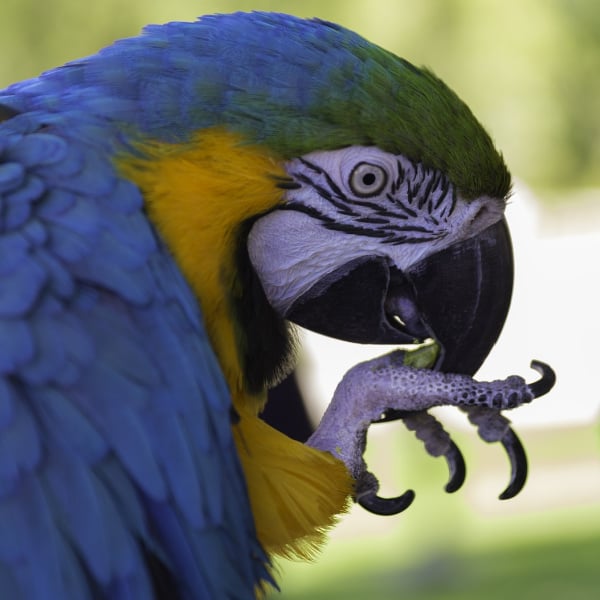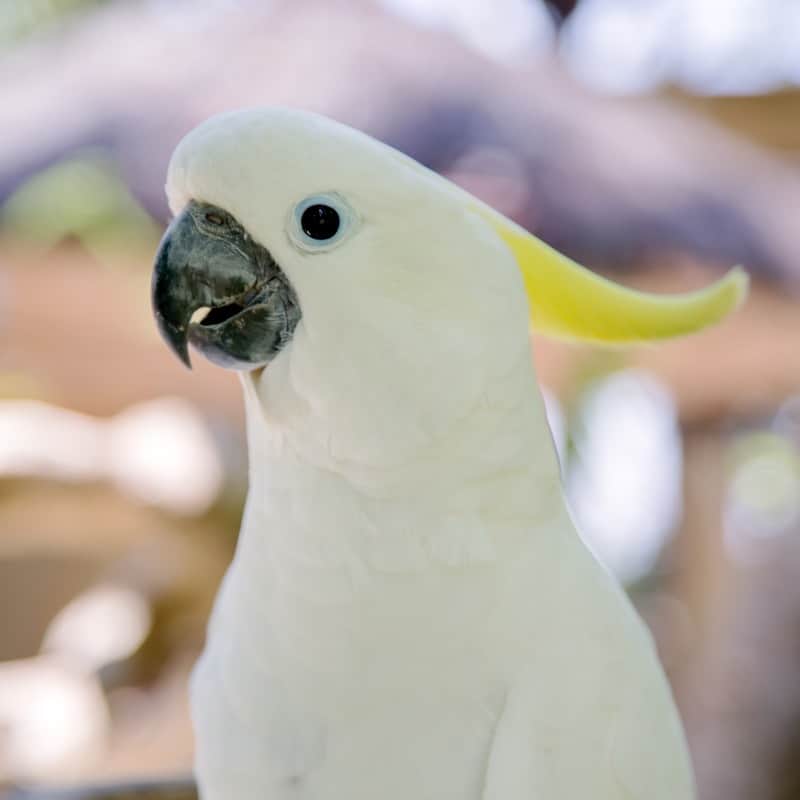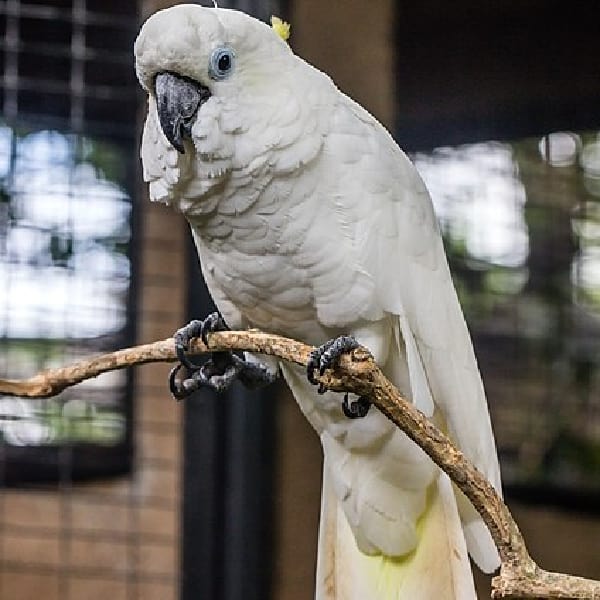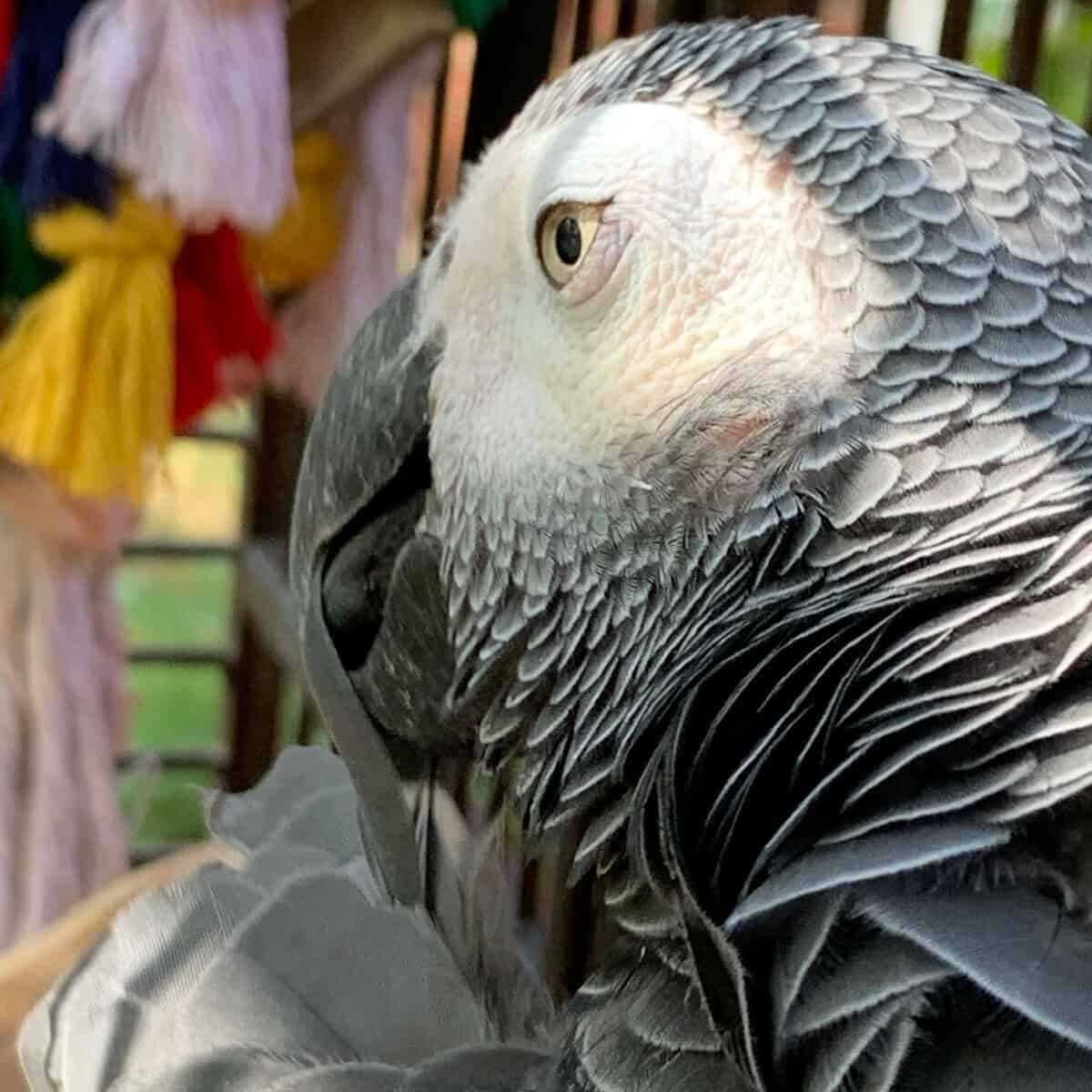Should I Give My Pet Bird A Mirror Or Not?
Is it okay if a bird sees the reflection of her cage in a mirror from a little distance? Does this make the same effect of a mirror inside of the cage?
One of the answers read: “Larger birds such as parrots have no trouble telling that their reflection is not another bird. For smaller birds, the mirror would probably need to be in the cage so that the bird could actually play with its reflection.”
but the answer makes no sense.



